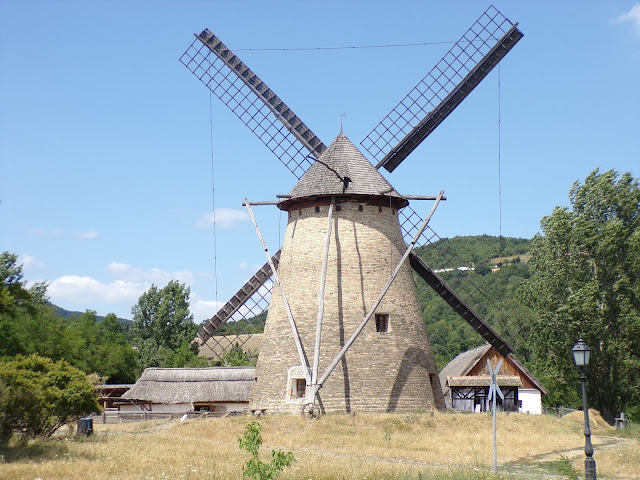Open air ethnographic museums were established at the end of the 19th
century owing to various factors. On the one hand, in accordance with
the scientific progress branches of museology continually developed and
differentiated. A demand for creating an ethnographic museum which is
suitable to demonstrate folk life in a most complex way, furnishings and
farming equipment included arose. On the other hand, the capitalist
economy reaching its developed stage since the second half of the 19th
century resulted in an intensive urbanisation and modernisation from the
north-west to the east of Europe, as a consequence of which the
existing pieces of peasant architecture began sinking into decay at an
alarming speed. Preservation of monuments of folk architecture became
imperative. For accomplishing this dual task “skanzens” have proved to
be exceptionally appropriate.






























No comments:
Post a Comment